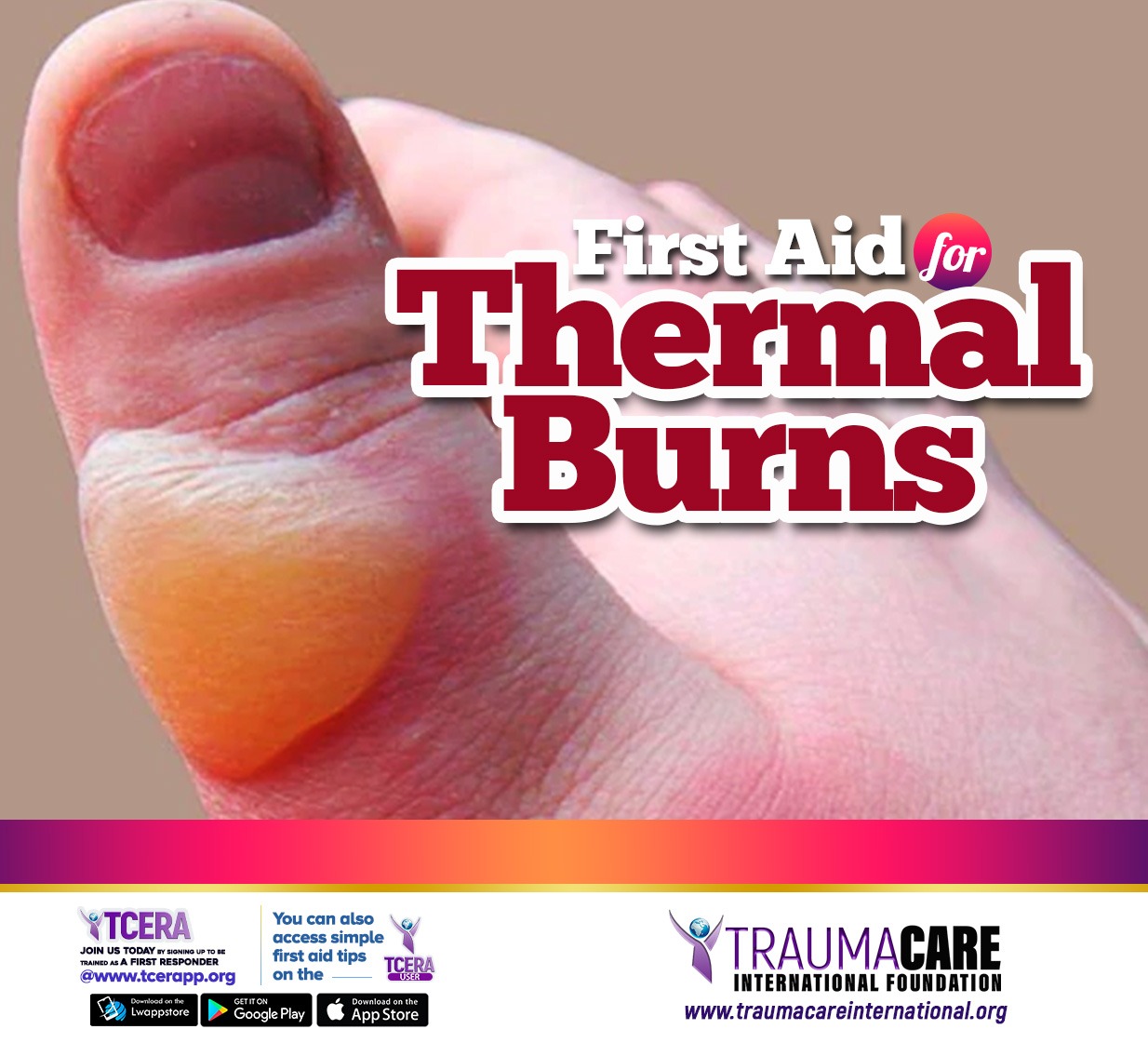Burns are damage to the skin or deeper tissues caused by sun, hot liquids or objects, radiation, and fire. Burns can be mild or severe and cause pain, swelling, redness, and blistering.
The focus of this article is first aid for thermal burns. The location of the burn can significantly impact the overall prognosis and treatment approach.
Burns that occur in areas of the body, such as the hands, face, or feet, can lead to significant functional impairment. For example:
- Burns on the hands can limit the ability to grasp
- Burns on areas such as the groin, armpits, or skin folds, are more prone to infection due to increased moisture, warmth, and difficulty keeping the area clean and dry.
- Facial burns can affect vision, breathing, and communication.
Assessing the location of a burn, can help determine the extent of functional limitations and in turn, guide the plan for appropriate rehabilitation interventions.
DEGREE OF BURNS
The degree of burns refers to the severity of a burn injury. There are three commonly recognized degrees of burns:
1. First-degree burns: These are superficial burns that oftenonly affect the outermost layer of the skin (epidermis). It is characterized by redness, pain, and minor swelling. Sunburns are a good example of first-degree burns.
2. Second-degree burns: These are burns that affect both the epidermis and the underlying layer of skin (dermis) and signs include redness, blistering, intense pain, and swelling.
- Second-degree burns are further classified into two types:
- superficial partial-thickness burns (affecting the upper dermis) and
- deep partial-thickness burns (affecting deeper layers of the dermis).
3. Third-degree burns: These are often said to be the most severe burns as they affect all layers of the skin and underlying tissues. (“How To Soothe a Burn - MyCPR NOW”). They can cause white or blackened skin, a leathery appearance, and severe pain or numbness and often require immediate medical attention and may require surgical intervention.
FIRST AID FOR BURNS
First aid for burns involves immediate actions to minimize injury and promote healing.Below are general guidelines for providing first aid for burns:
1. Remove the source of the burn: Ensure the person is no longer in contact with the heat source or the burning material.
2. Cool the burn: Run cool (not cold) water over the burn for about 10-20 minutes. This helps to lower the temperature of the affected area and soothe the pain. Do not use ice or very cold water as it can further damage the skin.
3. Remove constrictive items: If the burn is on an arm or a leg, remove any tight clothing, jewellery, or accessories from the affected area before it starts to swell.
4. If the burn is on the face (Minor burns), apply a cool, wet cloth until the pain eases. For a burn in the mouth from hot food or drink, place a piece of ice in the mouth for a few minutes.
5. Cover the burn: Use a clean, non-fluffy dressing or a sterile cloth to cover the burn. This helps to protect it from infection. Avoid using adhesive bandages directly on the burn.
6. Seek medical attention: Depending on the severity of the burn, it may be necessary to seek medical help. This is particularly important for burns that cover a large area, are deep or involve the face, hands, feet, genitals, or major joints.
DO NOT
1. Touch the area unnecessarily.
2. Burst blisters.
3. Apply creams/butter/salt/herbs.
4. Remove clothing stuck to the burn.
For more information;
Call: 0808 678 3416 or 0808 584 9338
Email: [email protected],
[email protected] CLICK HERE TO SIGN UP
Download the TCERA user app today.
https://bit.ly/tceraAndroid
https://bit.ly/tcera-IOS





What do you think?
0 Responses
To Comment, you must Sign In
Be the First to Post on this Topic